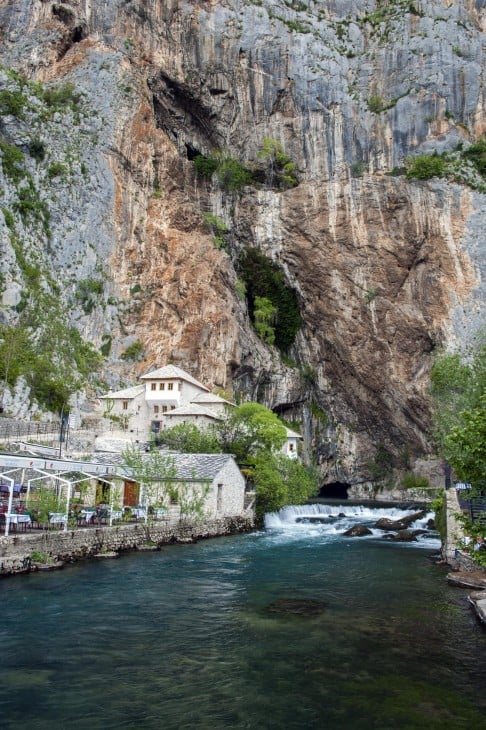
See the Balkans by train with Railbooker's Balkan Explorer
A rail trip from Dubrovnik to Belgrade shows Leisa Tyler how the former Yugoslavian states have emerged from the ravages of war restored and ready to welcome tourists

Rain falls softly on Sarajevo, the sombre, almost melancholic capital of Bosnia and Herzegovina. Winter has set in and it's bleak, grey and cold. Sarajevans huddle inside the bars and cafés of Stari Grad (Old Town), a checkerboard of low-slung wooden and stone buildings separated by cobbled pathways that were built by Turkish traders in the 16th century.
Rebuilt and slightly gentrified after the Yugoslav wars, fought between 1991 and 2001, the former trading stores are now packed with well-dressed locals and the odd tourist puffing on silver shisha pipes, sipping cold beers and gorging on slices of burek - delicious pastry rolls stuffed with cheese or minced lamb.
Of course, Sarajevo isn't exactly on the tourist trail. Besieged by Serbian forces for almost four horrific years from 1992, when more than 10,000 people lost their lives and the only link to the outside world was a tunnel that ran under the airport, the once handsome and famously multicultural city is now best known for its battle scars, many of which still pockmark the grand rococo buildings skirting the Miljacka river.

But with a youthful population and strong creative energy, Sarajevo is being forged anew. Buildings are being restored, innovation is thriving and visitors are trickling in. It's also a key stop on a new train itinerary that links the former states of Yugoslavia.
Established by the Ottoman and Austrian-Hungarian empires in the mid-19th century, rail lines once criss-crossed much of former Yugoslavia; from the dazzling Adriatic Sea and the medieval cities snuggling into its coastline, to the snow-capped peaks of Serbia. The lines were shut down during the first Yugoslav war, in 1991, when the region dissolved into a complicated web of bloody ethnic disputes.
Reopened in 2009, its railways heralded a new era for the Balkans; a stride towards peace and reconciliation; a symbol of hope and reunion.
I am on the third leg of the 11-day Balkan Explorer, a self-guided rail journey designed by Railbookers, which runs between Sarajevo and the Croatian capital, Zagreb.
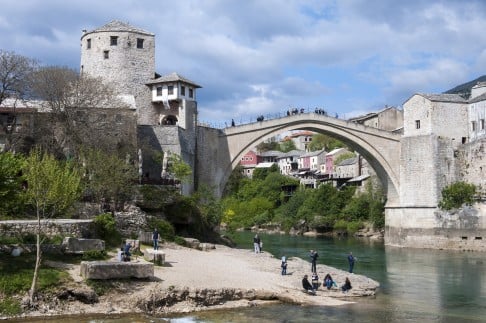
My journey started in Dubrovnik, Croatia's dramatic 1,300-year-old citadel and tourist magnet that serves as the location for King's Landing, in television series Game of Thrones. Bombed by Serbian and Montenegrin forces in 1991, it has since been restored and given a Unesco World Heritage listing.
Passengers of the Explorer then head inland, over the bald-faced mountains guarding Dubrovnik, past fertile valleys of poplars and vines to the old Ottoman trading post of Mostar, today a city in Bosnia and Herzegovina. Although a train once travelled the 140km distance between Dubrovnik and Mostar, it has since been abandoned and this two-hour leg is now done by car.
Still littered with bombed-out buildings, tourists flock to Mostar to see its 16th-century high-browed bridge and charismatic old town. Both had been destroyed by the Croatians during the war but have since been rebuilt and awarded Unesco World Heritage status.
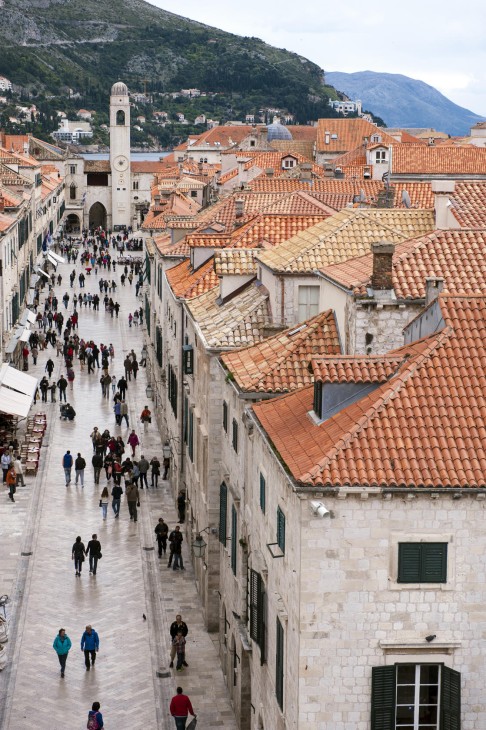
The itinerary then moves onto Sarajevo, departing from Mostar's decrepit and seemingly abandoned railway station. I share the Sarajevo to Zagreb leg - an eight-hour journey in a clunky old German train with once-elegant leather seats and wood panelling - with a Croatian who has just had a week's holiday in the Bosnian capital. Barely 30 years old, he talks of the conflicts that have afflicted this part of the world.
"As Croatians, we have naturally always disliked Bosnians," he says. "But, to be honest, I never really knew why. I wanted to understand, to see for myself. And you know what? They're pretty nice."
Departing Sarajevo's Soviet-styled station, the train's charming cabins are thick with cigarette smoke until reaching Bosnia's northern border with Croatia, which became part of the European Union in 2013 - and from where smoking on the train is banned. This border crossing is the only one that takes more than an hour to pass, mainly due to the time Bosnian and Croatian guards spend glaring at each other.
Zagreb, the dashingly handsome capital of Croatia, largely escaped the destruction that took place in many Yugoslav cities during the war. The most prosperous town in the region, with tree-lined avenues, lush, manicured gardens and stately rococo buildings housing designer clothes stores and upmarket restaurants, the only reminders that you aren't in Western Europe are the US$2 half-litre beers sold in the bars.
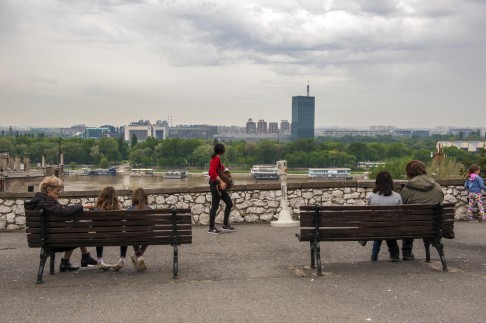
Just as dashing is Zagreb's 1890s-built, neoclassical, salmon-coloured railway station, from where the Balkan Explorer continues its journey on to Belgrade, in Serbia, the former capital of Yugoslavia. Strategically located on the Sava and Danube rivers, Belgrade has a long history of being under attack; occupied since the 6th millennium BC, it was captured by the Celts in 279BC, then the Romans, then the Slavs, then raided another 113 times, and razed completely to the ground on 44 of those occasions.
Most of the ancient battles took place in and around Belgrade Fortress, a grassy knoll encircled by impressive stone walls that overlooks the confluence of the rivers. The more recent attacks on Belgrade, by Nato forces retaliating against Serbian aggression and genocide in Bosnia and Kosovo during the Yugoslav wars, ravaged the city centre.
"A reminder of the past," my taxi driver says, as we pass the former Army General Headquarters, a pile of crumbling concrete and exposed rebar that was last remodelled by a Nato bomb in 1999.
Belgrade is not a pretty city. But nor is there any of the resentment or animosity that I had anticipated. On the contrary, everywhere I go, from the old-fashioned bar with its glazed wood panelling and jungle green leather booth seats to the hip hotel and local café, street side and shielded by the winter chills by a plastic tent, the only greeting I am offered is, "Welcome to Serbia."
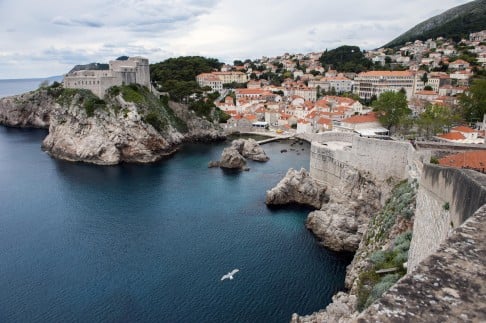
Getting there: Railbookers' 11-night Balkan Explorer package costs from US$1,245 a person, twin share, and includes hotels, breakfasts, some transfers, train tickets and reservations. Check your choice of hotel before booking (some are several kilometres out of the city centres) and request more central locations, if preferred. Go to www.railbookers.com.au for more details.